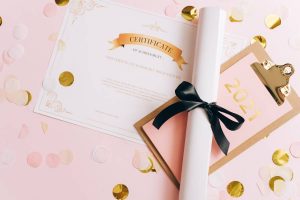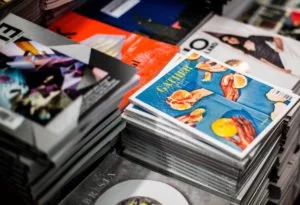Regardless of the brochure size, color scheme, or the number of folds your brochure will have, it’s important to have several crucial elements to make it interesting. After all, the goal of any brochure is to attract your intended audience’s attention, get them to notice you, and end up generating a lead or a sale through the information you present.
That’s why it is important to understand the parts of a brochure, what to put in one, and how to arrange the components that gets the reader to understand your business. With that, here are the crucial parts of any brochure and what to put into a perfect brochure for various needs.
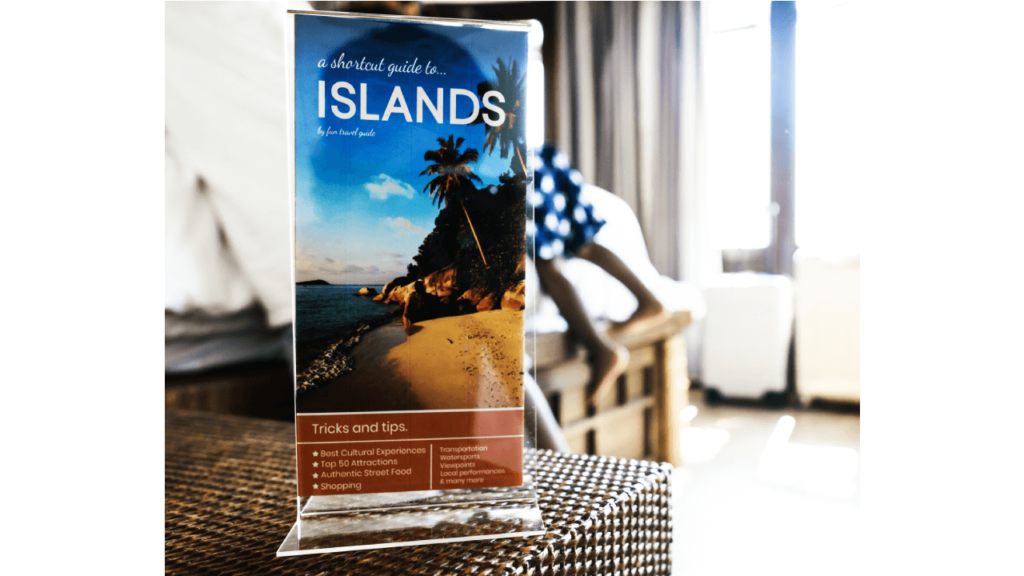
The Front Cover
This is where brand recognition comes into play. So, at the very least, your front cover should feature your business’ name and logo. If possible, hire a professional to make a memorable logo. Place these in a prominent position on the cover.
Your front cover commands the color scheme of the rest of the brochure, so choose one that both complements the colors of your logo as well as the product or service you are trying to sell. Make sure that the cover lets the reader know at a glance what the brochure is all about. Remember that readers aren’t obligated to give your brochure their time, so you have to make a compelling cover that gives them a reason to want to read more.
At a glance, a good front cover tells the reader the name of the business, the topic of the brochure, and the need for your product or service.

What You’re Selling (and Why They Need It)
Once you’ve compelled your reader to open the brochure, you want to immediately get to the point of what you’re selling. But it’s not enough to just tell the reader what the product or service is.
There should also be an explanation of why they need you. Just because someone knows about your business does not compel them to want to make a purchase. This part of your brochure should explain the benefits and advantages of your business. For this, you have two options: make your product or service sound like a need; or, make it sound like something they will genuinely want.
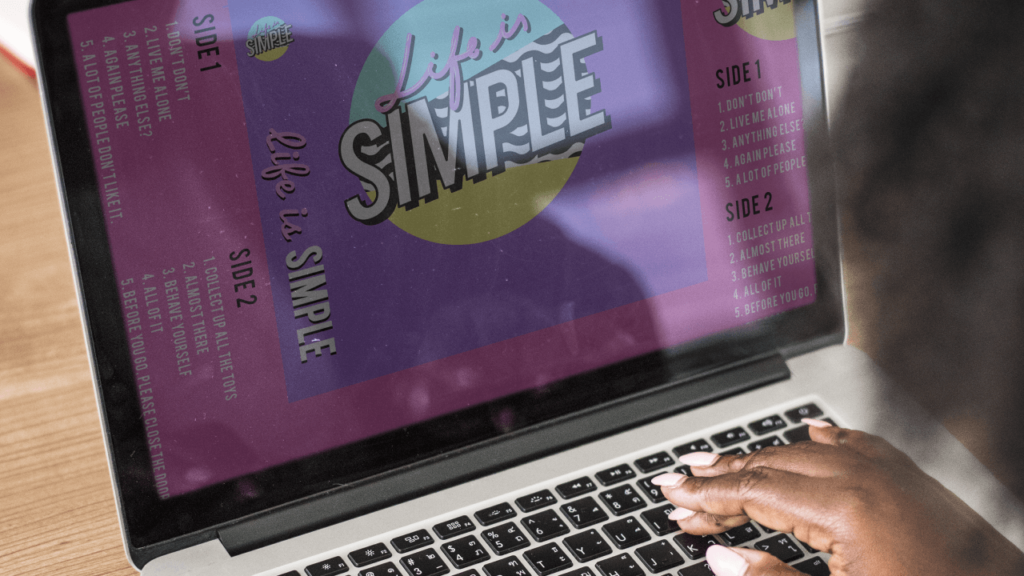
How Your Business Works
If they reach this next part, it means that they are now interested in getting your product or service and are now looking to how they can get it. This next part is for you to talk about the additional information they need to know about the product or service. You can also talk about the ordering process, where they can buy the product, or what they can expect from the service.
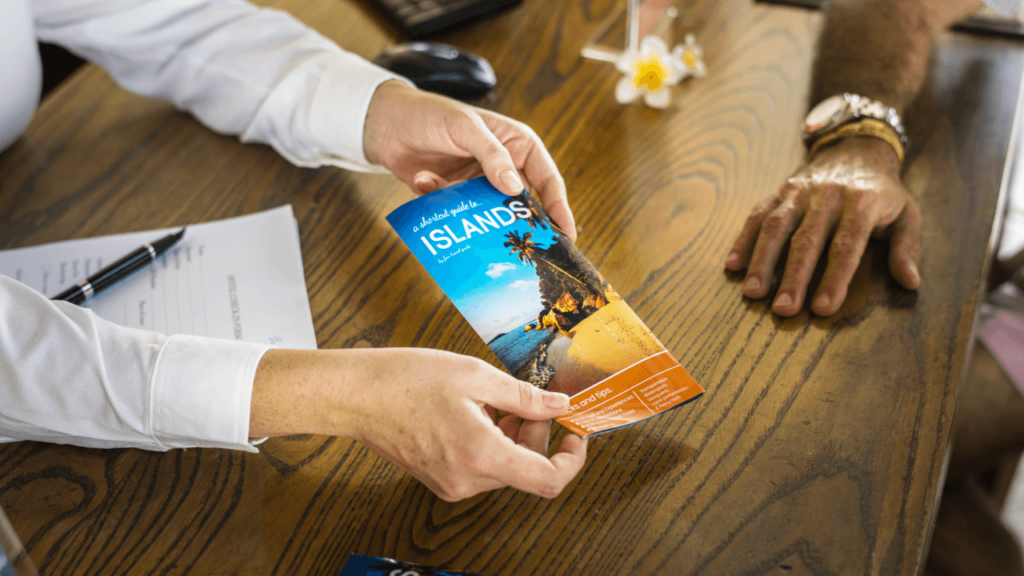
The Call to Action
This last part is usually located at the back of the brochure, and it is one of the more important parts because it compels the reader to go and do something about their need or want for your product, thus making them a lead or paying customer.
Use this part to tell them to take action to get one step towards getting your product or service. This is often a tagline such as “Buy Now!” or “Visit Us Today!”. It is just one sentence, but you will find that it drives many readers to end up becoming a lead by taking action.
Along with your call to action, add a note where they can buy the product, where your business is located, or a website where they can order your product or service online. This allows them to know where to take their action to.
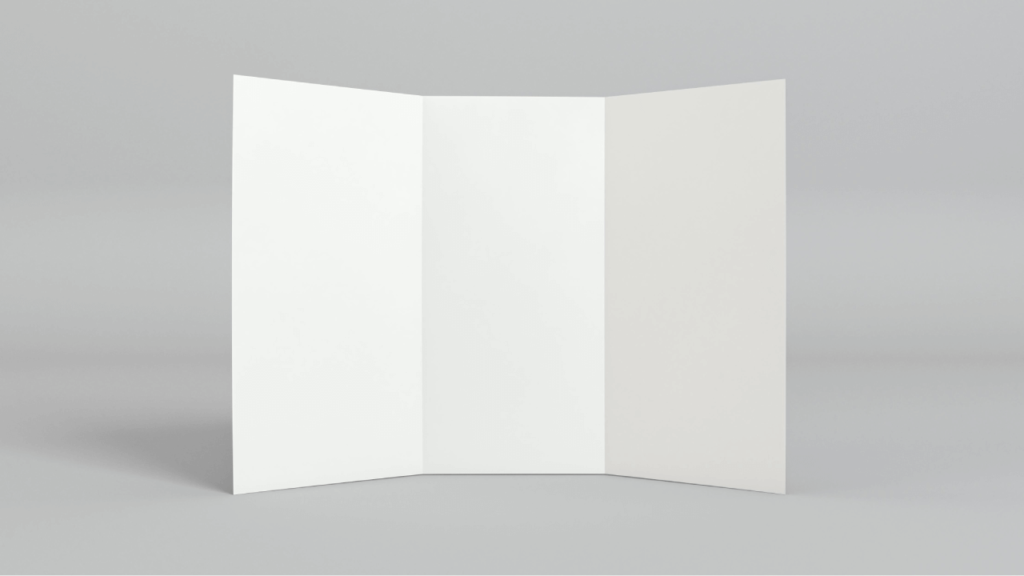
Additional Tips to Building a Compelling Brochure
- Don’t hard-sell. Readers know the purpose of brochures is to try to convince them to purchase a product or service. When your brochure comes off as trying too hard to sell, it can be off-putting and hard to believe. Be careful with your wording; instead of trying to sell the product directly, try selling the idea that they need it. If successful, the need to purchase will follow shortly after.
- Focus on your text. Brochures aren’t just about the pretty pictures inside of it; your readers will also read your text if it is compelling enough. Proofread your brochure to ensure it is free of any error.
- Pay attention to color, font, and size. No one wants to read a brochure that looks like an eyesore. Make sure the color of your brochure matches the tone of your business and the product or service you’re providing. Brighter, striking colors are for more casual or fun businesses, while more neutral tones are more appropriate for more formal or serious businesses. Make sure your font color and font size do not clash with the rest of the brochure or make it difficult for your reader to decipher your brochure.
- Do more with photographs. Because no one wants to read a brochure that’s just filled with walls of text. Bring your brochure to life with photographs with a few photos to help your reader visualize what you want them to see when they think of your business. Obviously, for products, you will need photos of the product itself. But avoid overloading the brochure with too much photos.
- Choose your paper carefully. Brochure paper can affect how readers see your business and whether or not they will give you the time of day. How to choose paper for printing can depend on a lot of factors. More brittle and simple paper is cheaper to mass produce, but it is forgettable and can be easily broken or disposed of. Higher quality brochure paper is more expensive, but it allows your reader to keep the brochure for much longer until they need to see it again.
There are different types of brochure designs, and what to put in it will vary between businesses. But these are the crucial basic components to put into your brochure to ensure that you are capturing your audience’s attention the right way. Brochures are still an effective way to attract new customers and potential leads, but only if they are written properly and made to attract using both text and images.

